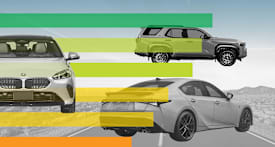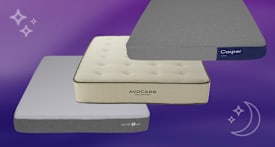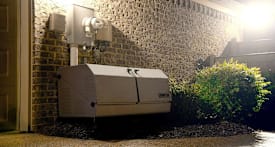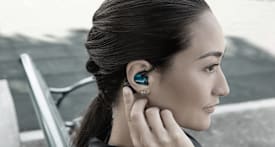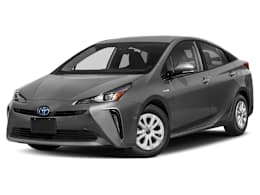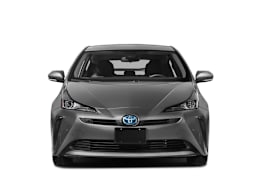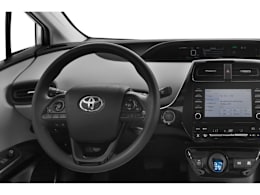The Prius's 52 mpg overall is a phenomenal achievement. It's a significant improvement over the previous generation's 44 mpg overall.
There's more going on with the fourth-generation Prius than just fuel sipping, though. It still packs the traits Prius owners have come to love, such as hatchback versatility and just enough quirks. The improved handling and more sculpted styling are meant to inject a younger persona to the Prius.
Improvements to the hybrid' s powertrain allow the gas engine to shut down earlier and more often when it's not needed. Aerodynamic styling augmented by active grille shutters also helps. The car can run on electric power more often -- especially helpful in city driving. This enabled the Prius to achieve 43 mpg in our city cycle and 59 mpg on the highway. An all-wheel-drive version is also available and slightly sacrifices fuel economy.
In most driving situations, the Prius has sufficient oomph, with the electric-drive delivering a smooth start off the line. That said, it's still far from quick. Sprinting from 0-60 mph took a leisurely 10.3 seconds in our tests. The well-tuned transmission, a form of a CVT, keeps engine revs at a reasonable level unless hard acceleration is called for.
The Prius is based on a new platform, with a more sophisticated independent rear suspension. The result is a ride that is both more comfortable and steady than the old Prius, and with less body roll in corners. Turn-in is prompt, and the Prius was secure and forgiving around our test track. Still, you won't mistake it for the more engaging Ford Fusion Hybrid in terms of overall sharpness.
Brake feel is improved, too, and it's easier to modulate for smooth stops. While the brakes can feel a bit grabby at times, that immediacy is less than we find in most hybrids.
The car's low stance means you have to drop down into the front seat. The rear seat sees the most compromises, with a head-duck maneuver required to get in and less leg room than the outgoing car. Head room will be enough for most adults, though. Rear visibility is hampered due to a horizontal bar that splits the hatchback window.
Too bad the front seats aren't more supportive. They're fine for short drives, but the lack of lumbar support adjustment in most versions -- along with minimal door and center armrest padding -- compromises comfort on longer trips. Prius models that come with the power lumbar adjustment with the power driver's seat and faux-leather upholstery are more supportive.
The interior sees a major upgrade in terms of fit and finish with flashes of chrome, and a modern, high-tech look. The white plastic surround below the console on our test car may not be to everyone's taste, though. Other Prius oddities: the instrument panel is located in a center dashboard pod, and the gear selector takes some getting used to. It also lacks some desired safeguards to prevent unintentional roll away.
The Prius comes standard with a comprehensive suite of active safety systems, called Toyota Safety Sense-P (TSS-P). This includes forward-collision warning, automatic emergency braking, lane-departure warning, lane-keeping assist, automatic high beams, and adaptive cruise control. Blind-spot monitoring is standard on all but the base trim.

